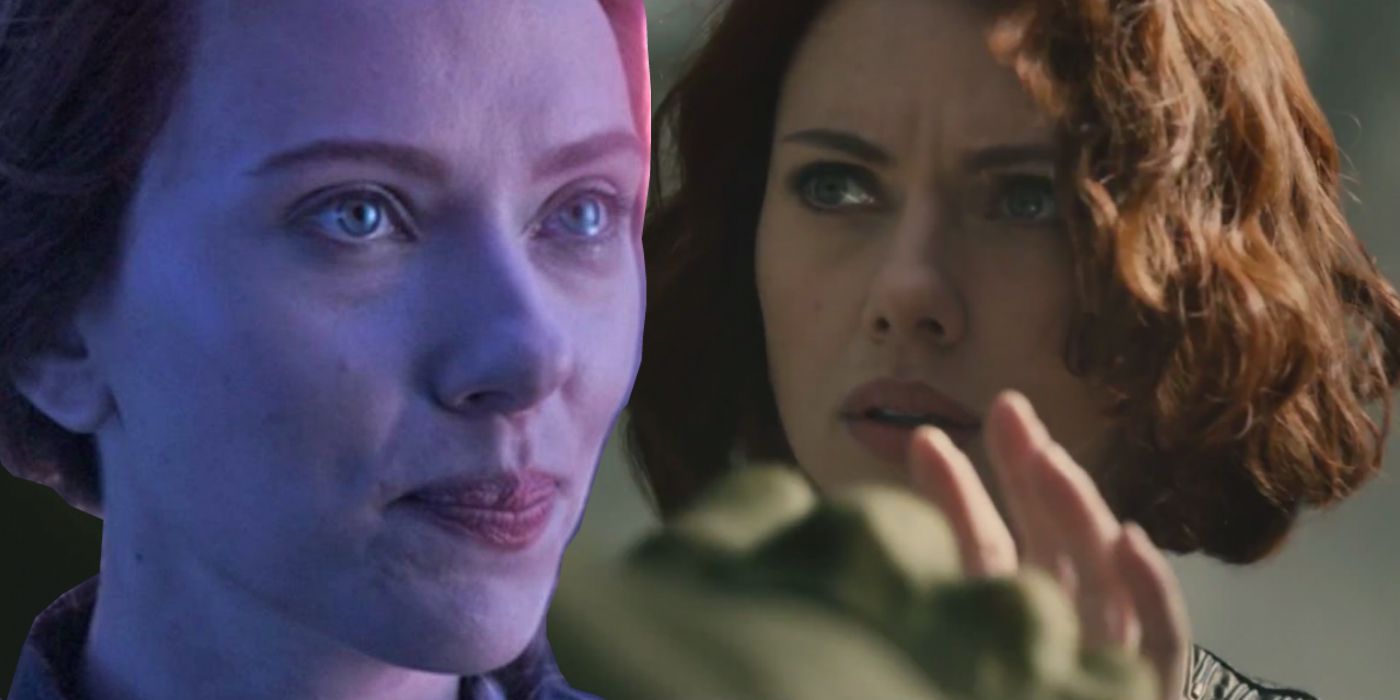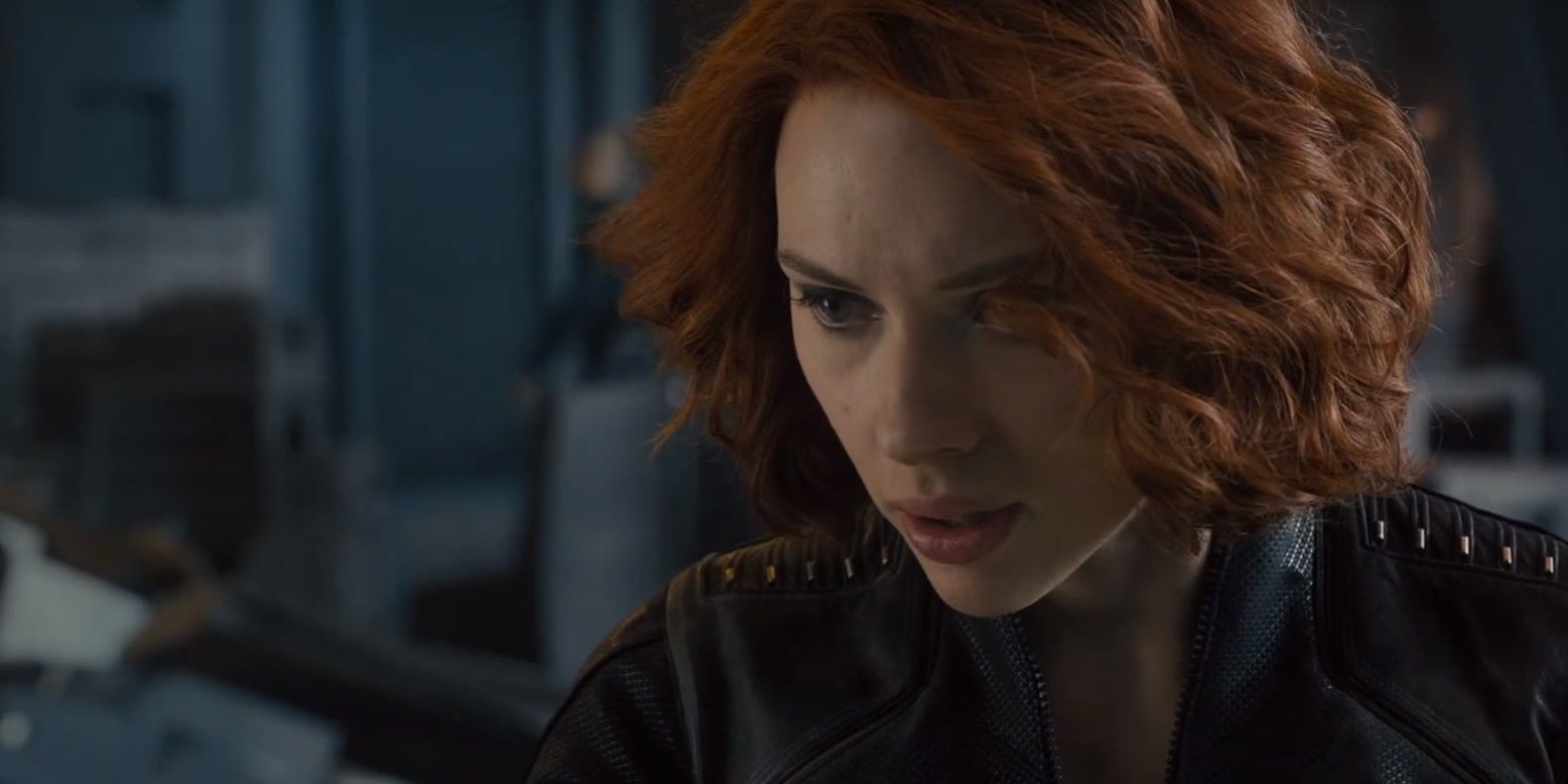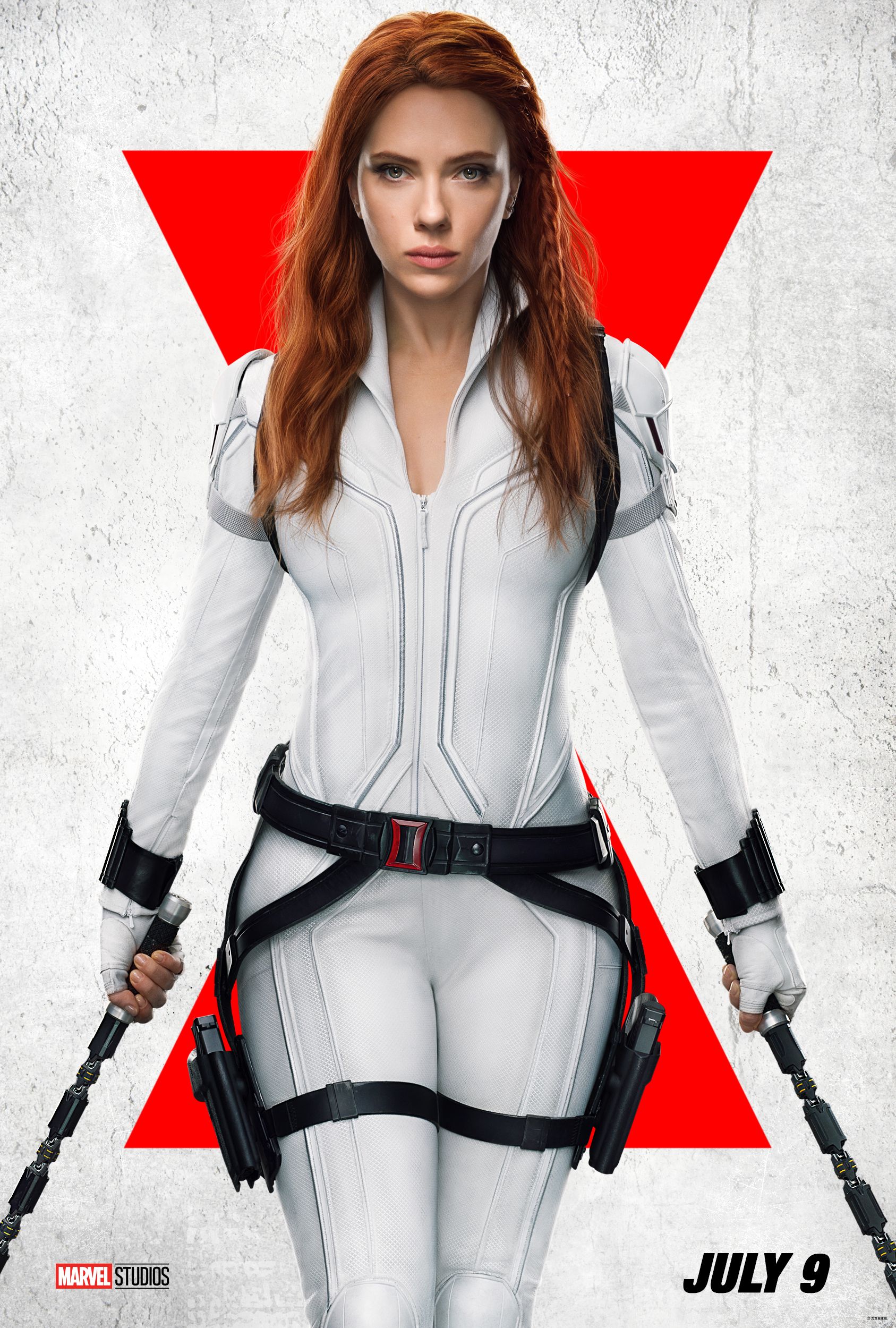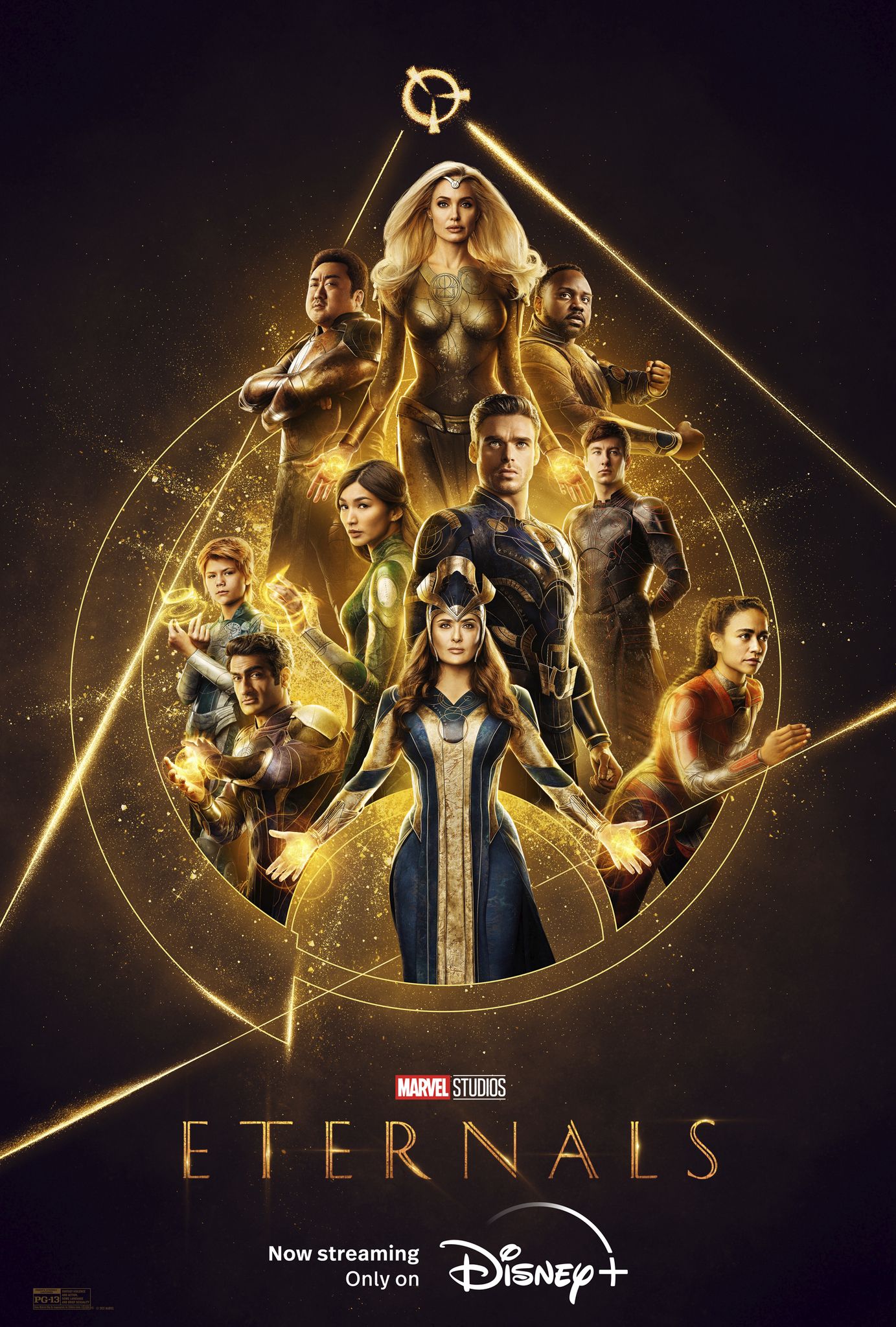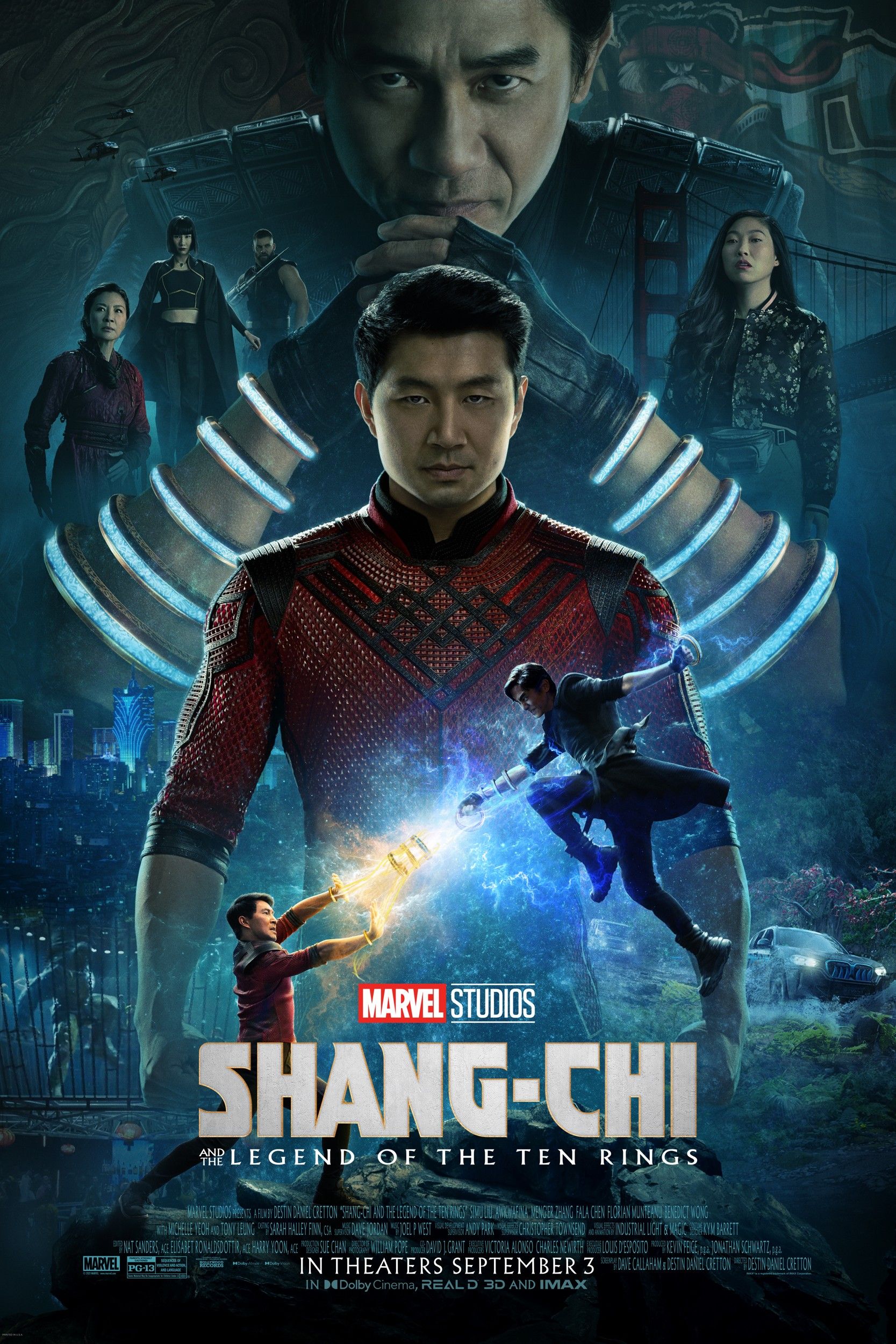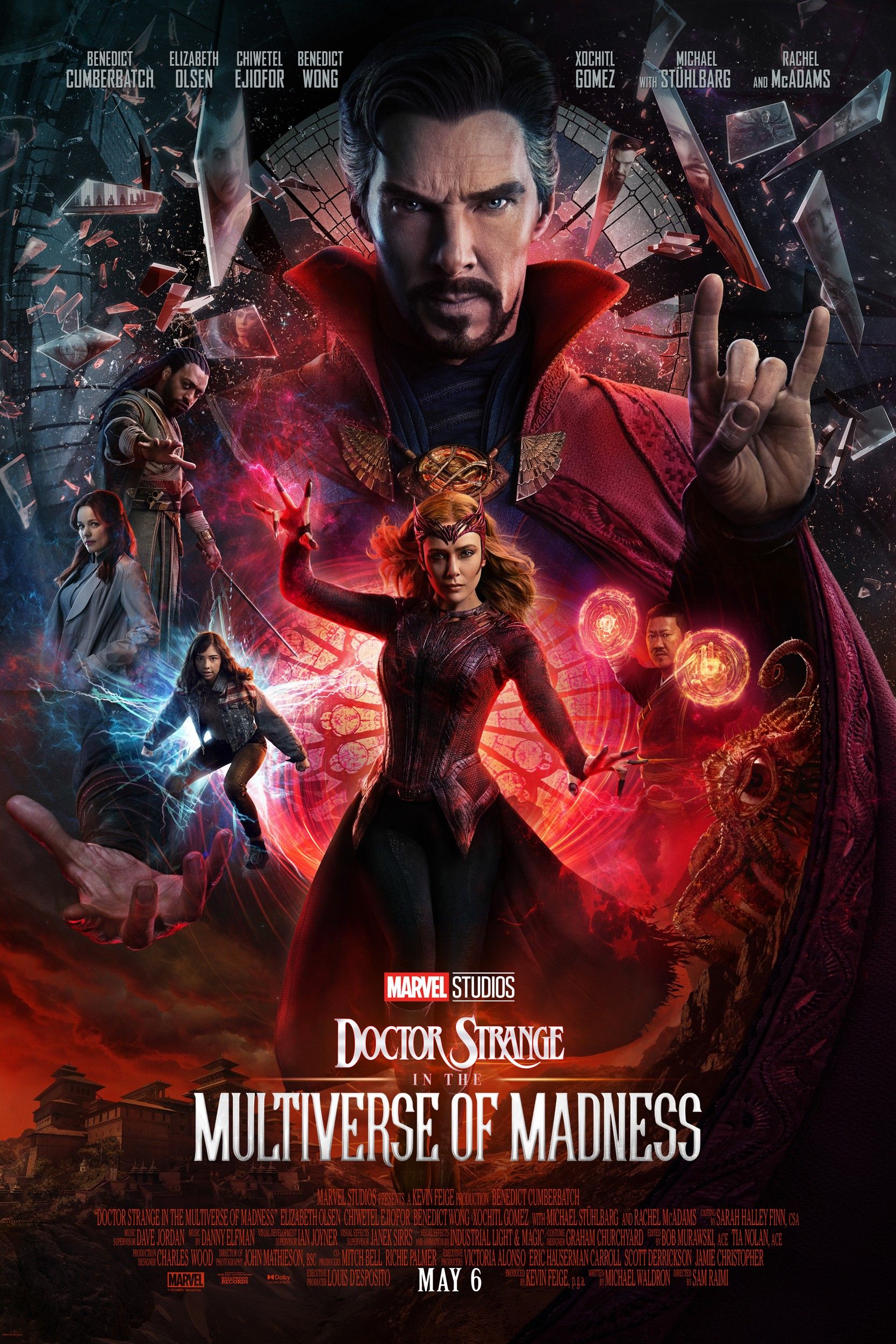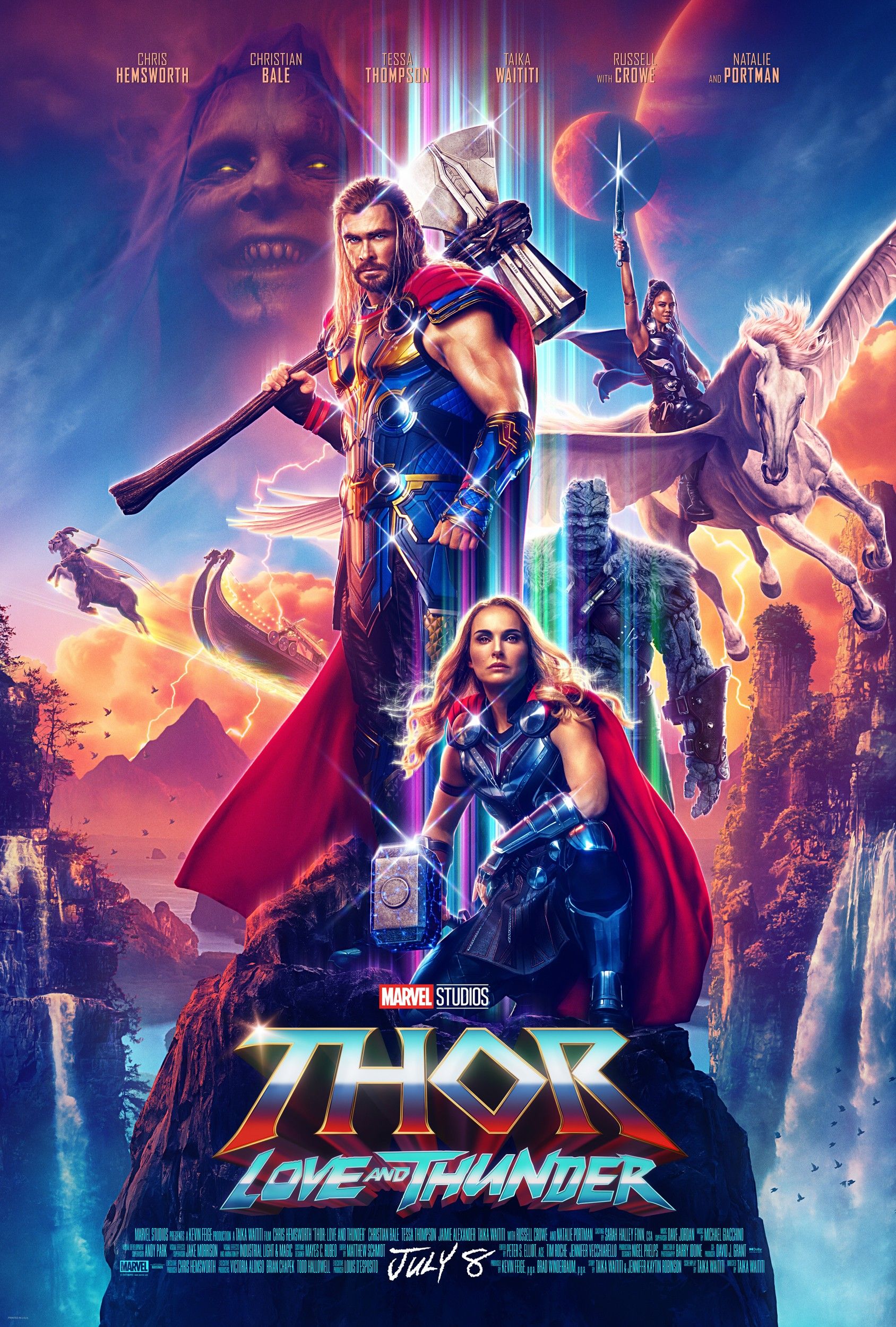When could Marvel have better placed the release of Black Widow within the MCU? Fans have clamored for the titular character to get her own solo adventure since her introduction into the universe back in 2010. Now, nearly a decade since that initial appearance in Iron Man 2, Scarlet Johansson’s Natasha Romanoff is getting her own film. Sadly, however, the Black Widow movie is arriving too late.
With the events of Avengers: Endgame closing off Black Widow's arc, her film is forced to be a prequel. This isn’t typical of Marvel Studios, and nor is it ideal for the audience, as it necessitates an explanation as to the timeline of the movie. After all, the most recent glimpse of Natasha was of her sacrificing her life. And therein lies the tragic timing of this release. Black Widow's death in Endgame would have bore much more weight had filmgoers previously experienced a narrative all her own. Now, knowing her ultimate fate, this film feels more like a post-mortem than a build up to her climax. Looking back at Phases 1-3 of the MCU, it's easy to see when Marvel should have made the movie instead.
Marvel's Phase 2 was the best time to release a Black Widow solo movie. The film would have likely replaced Ant-Man, which was released after Avengers: Age of Ultron. This timing for her character development would have been perfect. To this point she had been seen numerous times in a supporting role, revealing facets of her character through interactions with others, with the preceding team-up movie in particular full of hints to explore further. Age of Ultron included some controversial reveals about Black Widow, and while a solo movie wouldn't fix the problem, it would help with understanding the character better. Breathing life into her present and past at this point would have deepened her significance to the audience and gathered momentum for the (then) forthcoming Captain America: Civil War.
The lack of a Black Widow movie at this point is part of a broader problem with Phase 2 of the MCU. Almost every key character appearing in The Avengers had been built up in previous movies. So when they finally came together it was electrifying. Instead of building on the momentum of The Avengers by revisiting the likes of Hawkeye or Black Widow in their own adventure (Hulk's rights made a solo movie more difficult), they chose to introduce the Guardians of the Galaxy and Ant-Man. While both were commercially successful, their inclusion had more to do with expanding the world of the MCU rather than evolving the characters already in it. This was to the detriment of Natasha’s development in particular, since she lacked a franchise of her own, but was certainly worthy of one.
Black Widow's mysterious past had played into filmgoers’ intrigue. Her previous appearances were seemingly set up to eventually give a more full view of her character. But it didn’t happen. Instead she tagged along, somewhat lost amidst all the team-ups. Releasing Black Widow at the end of Phase 2 would've continued Marvel's strong structural building from Phase 1 - with Ant-Man the only film needing to be pushed back into Phase 3 - as well as adequately built up the character of Natasha Romanoff so all subsequent adventures carried more weight.

